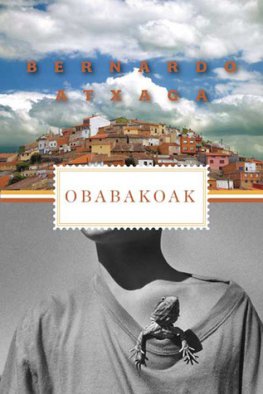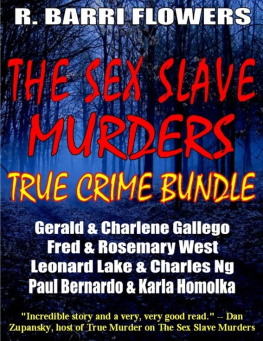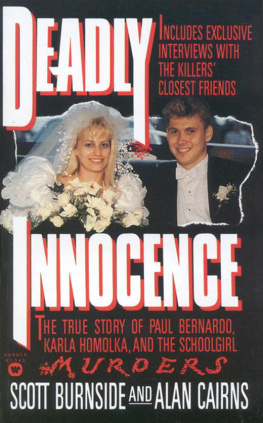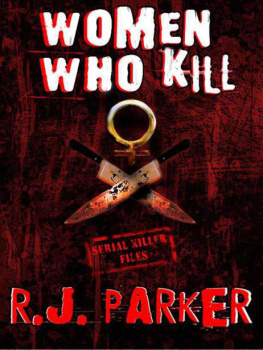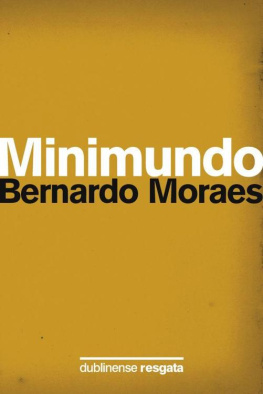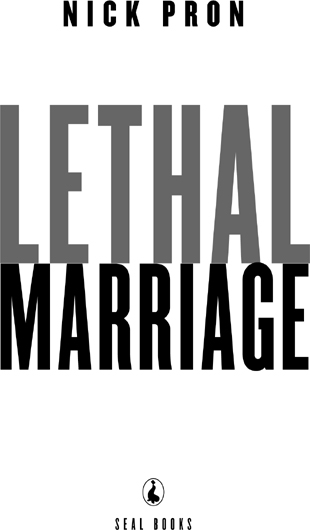CONTENTS
PART ONE
1 |
2 |
3 |
4 |
5 |
6 |
7 |
PART TWO
8 |
9 |
10 |
11 |
12 |
13 |
14 |
PART THREE
15 |
16 |
17 |
18 |
19 |
20 |
21 |
22 |
23 |
24 |
25 |
26 |
27 |
28 |
29 |
30 |
31 |
PART FOUR
32 |
33 |
34 |
35 |
36 |
37 |
38 |
39 |
40 |
41 |
42 |
Authors Note
The most disturbing aspects of the Paul Bernardo and Karla Homolka saga concern the videotapes the couple made of the rapes of four young women. Two of those victims, Kristen French and Leslie Mahaffy, were then murdered. Their families hired a lawyer and fought hard to keep the tapes from ever being shown in public, out of respect for the dignity of the slain teenagers. The families didnt even want the public to hear the dialogue on the tapes. Their legal motions were opposed by major Canadian media outlets.
The families won a partial victory from the courts when Associate Chief Justice Patrick LeSage ruled that the public could hear, but not see, the gruesome videos at Bernardos trial. LeSages shrewd decision was an attempt to strike a balance somewhere between the rights of the victims and freedom of the press.
The transcripts of those videos were clearly upsetting, and were never reproduced in full or verbatim by any of the 60 or so media outlets that covered Bernados murder trial. Newspapers and television and radio stations all tried to stay within the bounds of what is described as good taste. Even so, their reports were usually prefaced with warnings. At the Toronto Star, for example, senior editors often agonized over how much detail to relay.
A book, however, is different. Except for some minor editorial changes, the mind-numbing transcripts of the rapes and beatings of the four teenagers have been reproduced here on the premise that they are a necessary component of the narrative. Because of their significance as evidence, they have been reproduced virtually verbatim, despite the high degree of offense readers may feel. As with the news reports, this book comes with a warning. Undoubtedly, there will be criticism over such graphic descriptions of the brutal rapes of minors. Arent you guilty of writing child pornography? was the loaded question from a magazine writer who had listened to the tapes in court. Surely the families, and the public for that matter, deserve to be spared further grief?
It is a compelling argument, but I disagree with it for one simple reason: the tapes detail the full involvement of Homolka in the despicable actions of her husband. The full horror of what they did has to be told somewhere. In a case notorious for bumbling police investigation, secret deals, and secret trials, Homolkas role in the murders and sex crimes has probably been the most contentious and hotly debated issue. Was she really a victim of wife abuse, as she claimed, or was she essentially Bernardos accomplice?
In exchange for testifying against her husband, Homolka was sentenced to 12 years in jail four years in reality with parole. There are those who say a dozen years is insufficient punishment for her part in three sex killings and at least one other rape. A public outcry has already started against her deal. Legally, it cannot be overturned. Morally, it should be, argue the critics, myself included.
John Rosen, Bernardos defense lawyer and one of the finest criminal lawyers in Canada, succinctly summed up Homolkas role in the criminal proceedings against her husband during a pre-trial hearing: The police investigation turned out to be a big fat zero until Karla Homolka came along, and then things started to fall into place. But although Homolkas testimony helped put her husband behind bars, her version of the truth was laced with contradictions, perhaps even lies. Large chunks of what she said differ completely from Bernardos recollection of events. Not all the discrepancies can be blamed on one person pointing an accusing finger at the other. And that presents another problem for the chroniclers of this case.
Since, among the living, Bernardo and Homolka were the only ones present for many key events in their relationship, the truth of what really happened probably lies somewhere between what each testified. In describing various scenes, particularly the murders, I have generally followed what I feel to be the most likely account. Occasionally, I have let the contradictions stand by recording what both of them said.
But there is one truth that cannot be disputed: the brutal rapes and beatings of the two schoolgirls recorded on videotape. Just as prosecutor Ray Houlahan presented all the videos to the jurors at Bernardos trial before they sat in judgment of him, I feel an obligation to give readers the fullest account possible to help them decide if justice was served, particularly in the case of Karla Homolka. But a similar consideration applies to Paul Bernardo. Since Canada does not believe in putting its killers to death, Bernardo could one day be eligible for parole. Although I have not seen the tapes, I have heard them enough times, and I shudder at the thought of what those two unfortunate teenagers went through. Even though there seemed to be saturation coverage of Bernardos trial, the public has the right to know all the gruesome aspects of this case before theres any debate on whether Bernardo should ever be released.
My special thanks to two people who did not want their real names used, for different reasons. One has been identified as Renya Hill. A bright, intelligent woman, she, along with her parents, was deeply troubled by the role of their one-time family friend Karla Homolka in the deaths. She hopes Homolka can one day explain all the apparent discrepancies in her behavior. Hill has chosen to remain anonymous because she does not want the hassle of becoming too close to such a notorious case.
And then there is Eddie Grogan, the police officer. Over the past 20 years working the crime beat for the Toronto Star, I have enjoyed my daily contacts with members of law enforcement. Their job is difficult and dangerous, and opinion polls suggest that the general public has a far greater respect for police officers than for, say, journalists. In many cases I have covered over the past two decades, the police whether the Ontario Provincial Police, the Toronto or Niagara forces have done a tremendous job of solving crimes. Unfortunately, the Paul Bernardo case is not one of those successes. To say otherwise would be a lie, even though some very fine, dedicated officers spent three hard years working on what was a very difficult case. Journalists are often criticized for focusing too much on the negative, and overlooking some of the more positive aspects of what is going on in society, such as police work. Often that claim has some validity. But not in this case.
Eddie Grogan was an officer who recognized early on there were aspects of the case that were being handled very poorly by the various forces. In a military-style organization, such as the police, criticisms like these are not encouraged or rewarded. For those reasons, Grogans true identity will have to remain secret.
Toronto
August 1995
Prologue
CHEATING JUSTICE


